Maintenance & Replacement Valves Blog Series:
Vacuum Breakers and Their Applications
Valves play an integral part in many applications performed by anyone from a manufacturer to an engineer to a construction manager. The basic function of a valve is to control both the flow and pressure within a process or system. The functions of a valve include:
- Regulating a flow or process pressure
- Relieving a system of pressure
- Stopping or starting a flow
- Increasing or reducing a flow
- Controlling the flow’s direction
 Keeping this in mind, a Vacuum Breaker Check Valve provides effective protection against collapse of pressure vessels, tanks and piping. This particular valve prevents condensate “back-up” when equipment is shut down or inlet steam is reduced by modulating control valves. Within a piping system, DFT® Vacuum Breakers can perform helpful tasks, such as:
Keeping this in mind, a Vacuum Breaker Check Valve provides effective protection against collapse of pressure vessels, tanks and piping. This particular valve prevents condensate “back-up” when equipment is shut down or inlet steam is reduced by modulating control valves. Within a piping system, DFT® Vacuum Breakers can perform helpful tasks, such as:
- Breaking a siphon
- Preventing pipe collapse during transient pressure drops
- Providing additional air on downstream side of check valves to help prevent water hammer
This variation of a check valve, or Vacuum Breaker, features a spring-assisted silent closure. If there is no pressure on the valve, the spring pushes the disc into a closed position. Other features include:
- 1” to 4” size range (MNPT)
- 450 to 6000 CWP
- Threaded O.D. with unthreaded inlet bore
- Stainless steel construction
- Horizontal or vertical installation
- Tight shutoff – lapped disc and seat
- Inconel X-750 Spring
- soft seat options
The wide variety of DFT® Vacuum Breakers makes it easy to find and install the one that’s correct for any application. Beyond their use in building water systems, they can be used in anything from chemical processing to power generation to pharmaceutical applications.
With so many applications requiring a strict no-backflow function, we’ve compiled a list of codes and standards, as well as industry applications into a downloadable catalog. Select the button below to download our free eBook, Vacuum Breaker Check Valves: Your Defense Against Pipe Collapse & Pressure Vessel Damage.






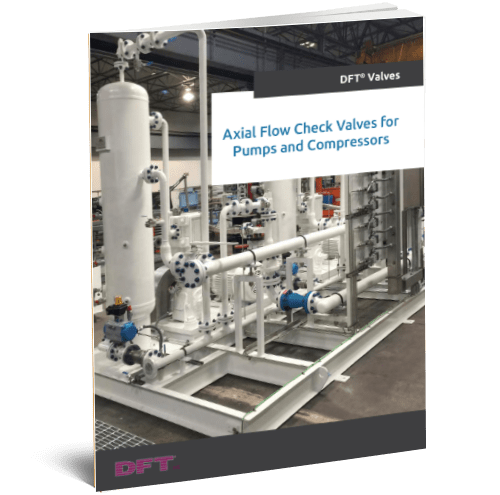
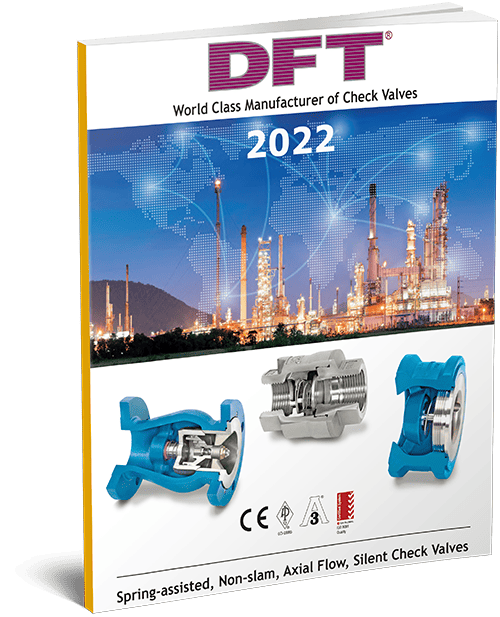
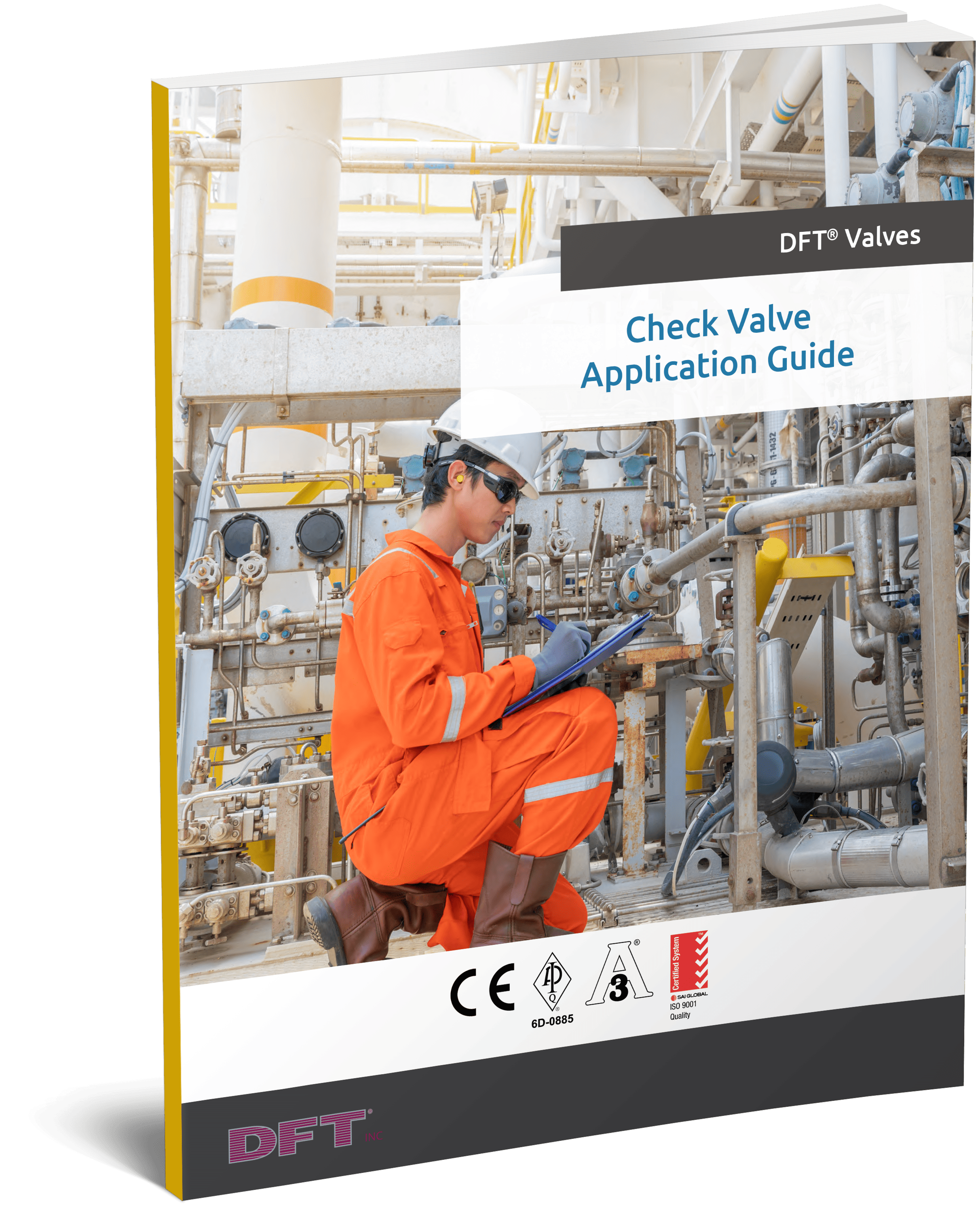

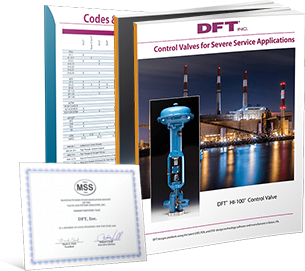
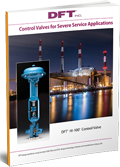
Comments are closed